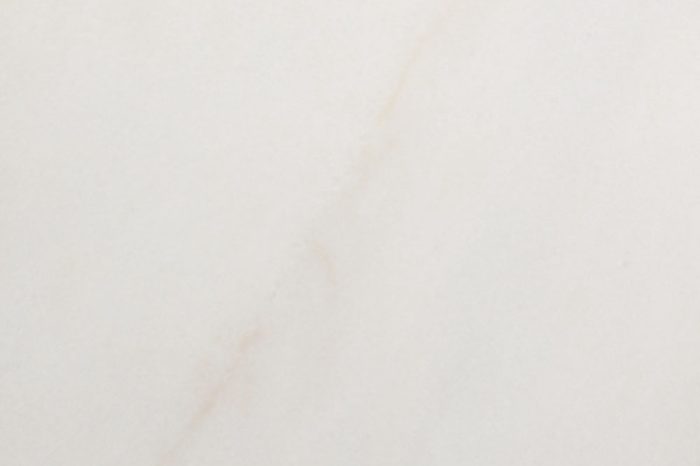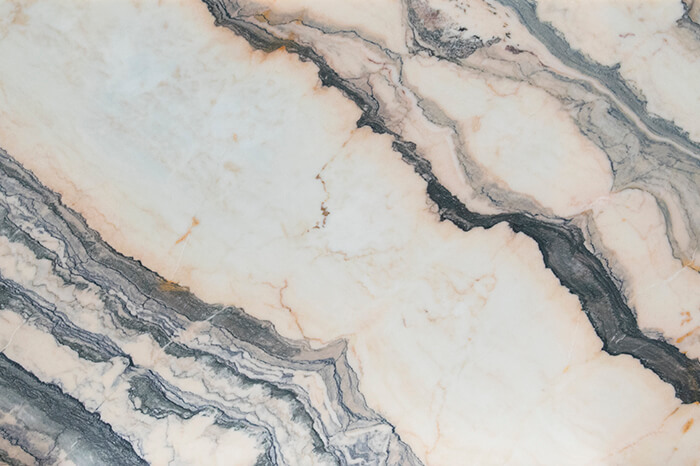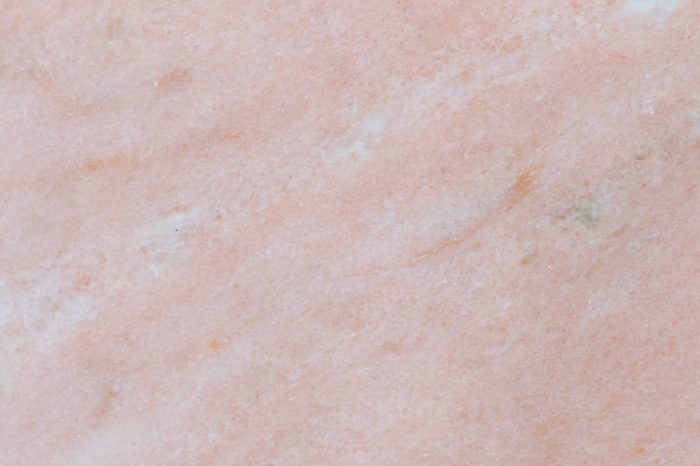Thassos
Thassos
Considered one of the whitest marbles by nature, Thassos really stands out for its ability and natural hardness of the element. It is a type of stone extracted from all parts of the Greek island, and it always presents the same homogeneous and shiny tone characteristic of this type of marble.
Used in all parts of the world, either in exteriors or interiors, Thassos marble has a history associated with luxury and careful workmanship of this stone. It has always been integrated in high level development projects, from historical buildings to state-of-the-art buildings, this type of marble combines with any kind of stone thus attributing a minimalist touch to each construction. Its use can also be seen recurrently in high-value decorative pieces, or even first century works of art.
Finishings
Sandblasted
Blasting silica sand against the material through an air gun and generates very small craters.
Leather
Brushing the slab with a range of brushes and the result is a slightly undulating surface, very soft, warm and smooth to the touch.
Polished
Abrasive treatments with repeated applications result in a shiny surface, highlights the colour and properties of the natural stone.
Sawn
Rough and irregular surface with small furrows and undulations in a mate tone.
Bushammered
Hitting the material, with a masonry tool called a bush hammer, that generates uniformly distributed craters of different sizes over the surface of natural stone.
Honed
A honed finish is identical to the polished finish, the surface is smooth but without glare or light reflections.
Brushed
Abrasive brushes under high pressure generate a touch-sensitive and smooth surface of natural stone.
Scratched
Scratched finish is applied so that the surface exhibits a texture with straight reliefs and natural colours.
Recomended use
Internal Flooring
External Flooring
Internal Coverings
External Coverings
Masonry
Related





